This month, Renault introduced the prototype of the Filante high -speed electric car, with which he hopes to improve the technologies used in the production of serial machines in the electric trim. The main task of this project is to update the energy efficiency record for electric vehicles. The company will begin running tests this year.
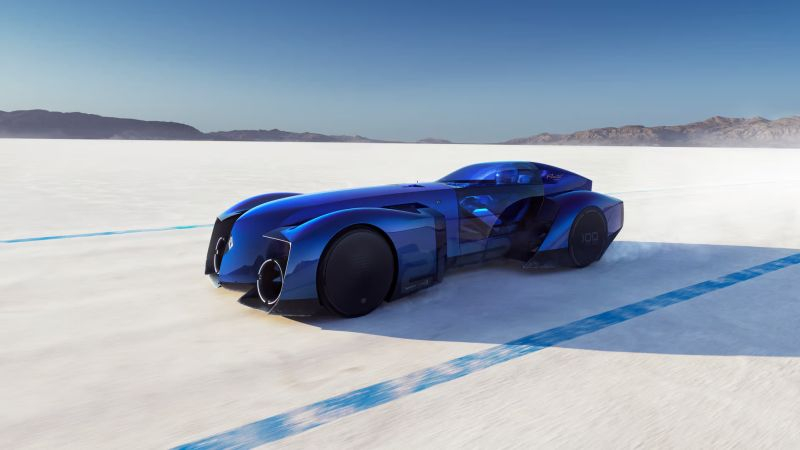
Image source: Renault
The design of the bizarre machine is inspired by the Renault Renault by the last century, which have been leading its history since 1925, so the appearance of the prototype is replete with retro motifs. In addition, in the interior and outside there is the number “100”, symbolizing the century since the release of the Renault 40 CV model, which set the speed and endurance record in the last century. Also, in the appearance of Filante, you can cut the outlines of Batman’s car from Tim Burton films.
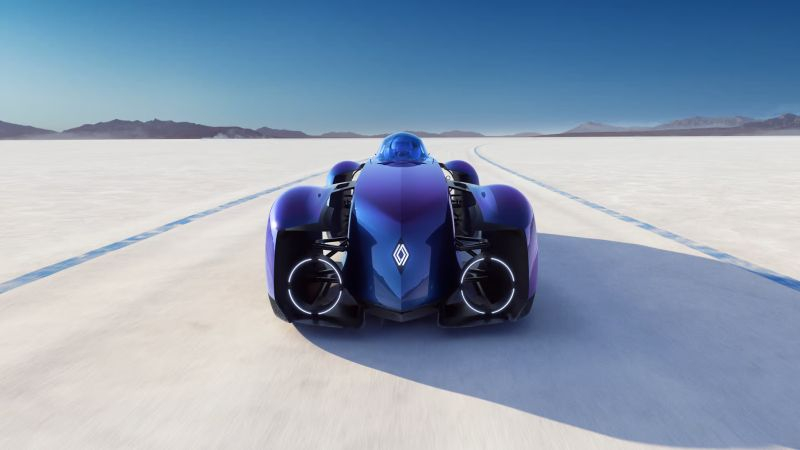
Although it is obvious that when the work on aerodynamics, Renault engineers, when creating a prototype Filante, paid special attention until they are ready to reveal the characteristics achieved by the machine in this area. The fact is that Renault specialists will conduct practical tests in the aerotherapy only this spring, and the races will begin to be carried out in order to achieve record efficiency even later. In the case of electric cars, the ability to overcome the maximum distance with the minimum electricity consumption is understood.
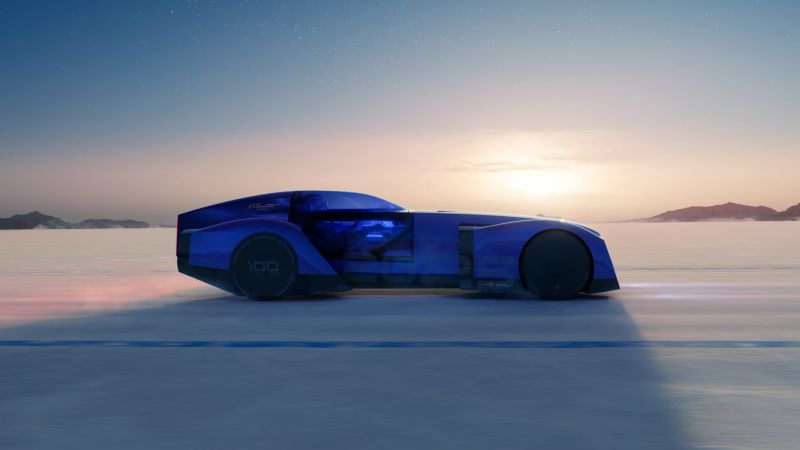
The Renault Filante power plant is built around the traction battery from the Renault Scenic E-Tech serial electric car, which with a capacity of 87 kWh has a mass of 600 kg. It is all the more amazing that the total mass of the prototype was put within 1000 kg. For this, in addition to carbon fiber, high -strength aluminum was actively used in the design of the machine, the elements from which were made by three -dimensional printing. The design was also thoroughly calculated on the computer to highlight those parts that needed to mechanically strengthen the most, and the rest to make the most light as possible.
The prototype wheels are made narrow and high, from the body they are assigned to improve aerodynamics and covered with streamlined shields. Michelin participated in the development of special tires that ensure maximum efficiency of the energy of the traction battery.
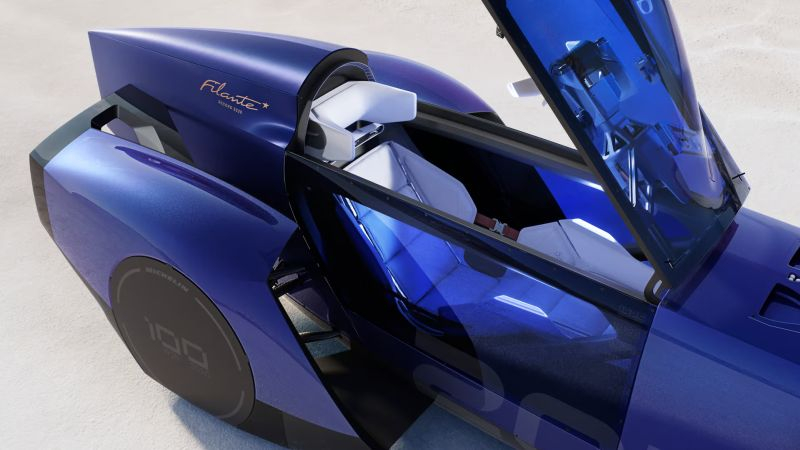
The prototype turned out to be quite long (5118 mm), but at the same time very low (1191 mm) and not very wide (1710 mm). In the cabin, if I may call it, under a folding translucent lid there is a pilot, which is placed on a super -swearing chair with a carbon fiber frame covered with textile tissue. As the main governing body, a helm with a hub located across the hub is a translucent display of a cylindrical shape, which all the information necessary for the pilot is displayed. Both the steering and brake systems do not have a mechanical connection with the corresponding performing mechanisms, control literally occurs “along wires”. The helm is attached to the rising cabin cover, so in open state it facilitates the landing and exit from Kokpit.
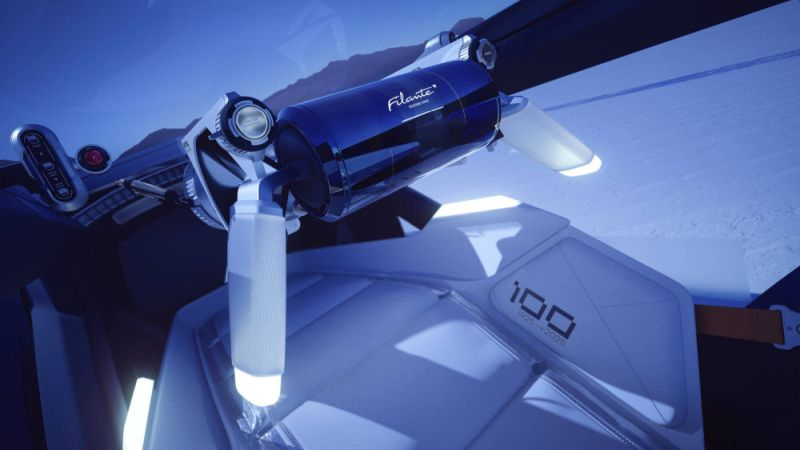
Renault is strongly configured using this prototype to work out technologies that will be useful to it when creating “civilian” electric vehicles. The tests of this “mobile laboratory” will begin this year, and the brand experts hope to set several world records.